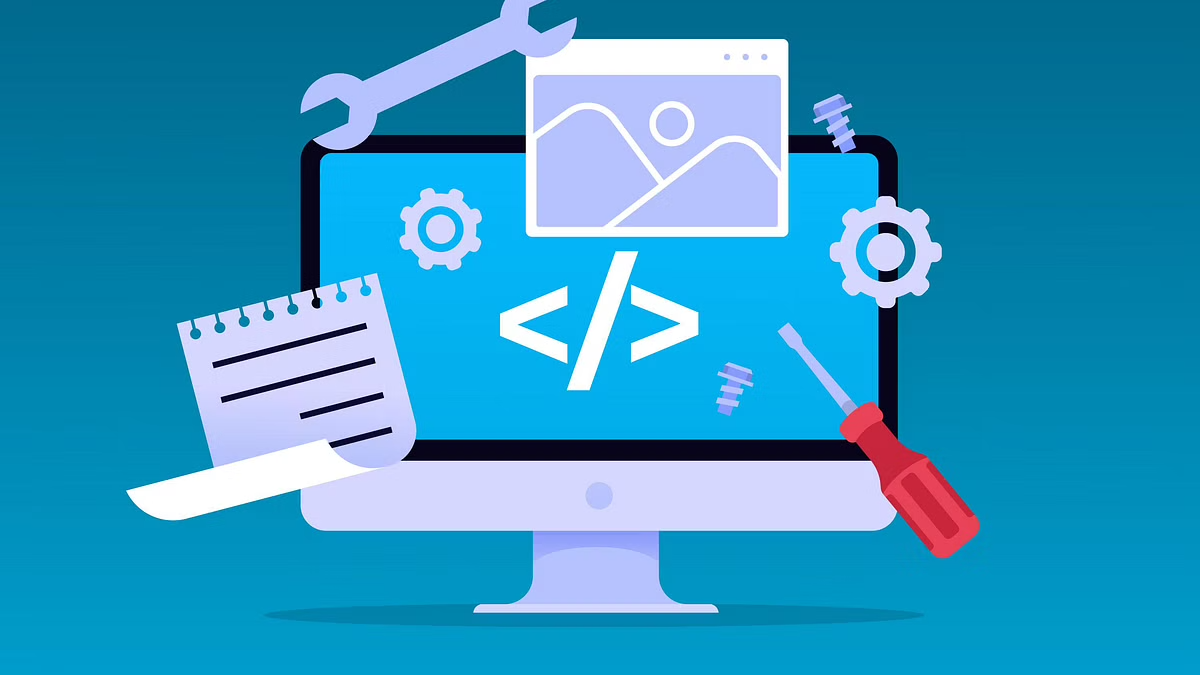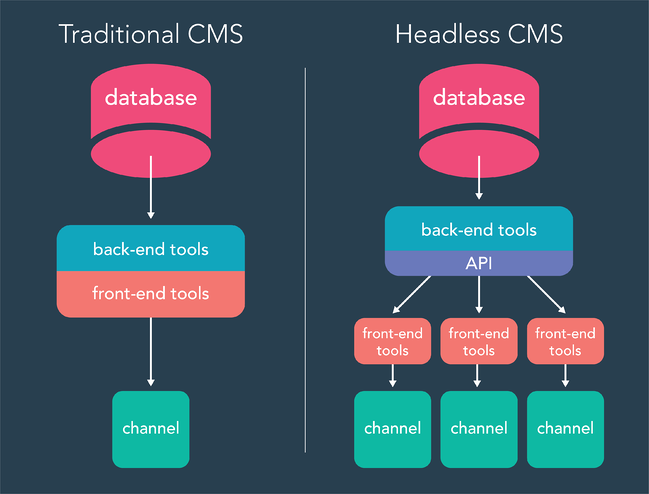
Shirley Wenger is a professional journalist and editor who has been working in the publishing industry for more than 15 years. She is an award-winning...Read more
Most people in the web development world are familiar with the term “CMS”. Content Management Systems are software applications that allow users to create and manage digital content. A headless CMS WordPress is a special type of CMS that does not have a user interface. This means that the end-user does not interact with the CMS directly, but instead interacts with the content that the CMS outputs.
There are a number of benefits to using a headless CMS. First, since the CMS does not have a user interface, it can be used to manage content on any platform. This includes websites, mobile applications, digital signage, and more. Second, because the CMS is not tied to a specific user interface, it can be used to create more dynamic and interactive content. Third, because the CMS is headless, it can be used to manage content on behalf of other applications. This makes it an ideal solution for managing content in microservices or decoupled architecture.
Choosing a headless CMS can be a daunting task. There are a number of factors to consider, such as the features that are important to you, the scalability of the CMS, and the support that is available. In this article, we will discuss the different types of headless CMSs and provide a list of the best headless CMSs on the market.
When evaluating WordPress headless CMS, there are a number of factors to consider. The first factor to consider is the features that are important to you. Some headless CMSs are more feature-rich than others. The second factor to consider is the scalability of the CMS. Some headless CMSs are more scalable than others. The third factor to consider is the support that is available. Some headless CMSs have better support than others.
The following is a list of the best headless CMSs on the market:
1. Contentful
2. Prismic
3. Joomla
4. Drupal
5. WordPress
Headless WordPress and Headless CMS WordPress
Conclusion
A headless CMS opens up endless possibilities for content delivery and management. It also allows for a separation of concerns that is perfect for modern web development. When building a website, a headless CMS can provide all the backend functionality while a front-end developer can easily create the customer-facing interface.
Shirley Wenger is a professional journalist and editor who has been working in the publishing industry for more than 15 years. She is an award-winning writer and her work has been featured in various publications, including The New York Times, The Wall Street Journal, and Time Magazine.


